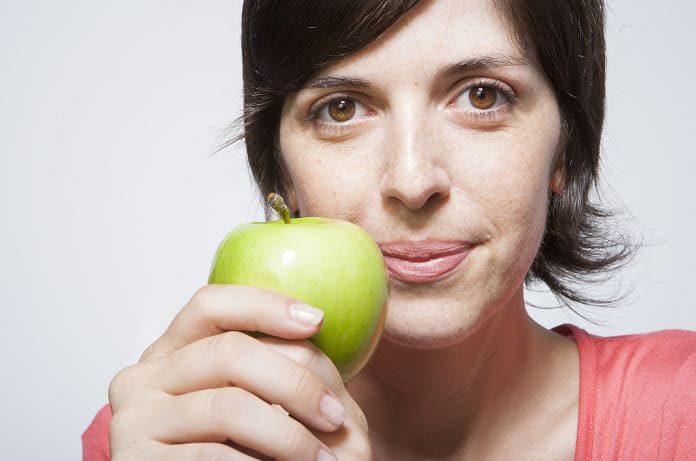A study examines the link between food security and the availability of fruits and vegetables and how they affect the diets of low-income pregnant women.
Food security is a public health concern in the United States, where minority and single-parent homes often struggle to afford a nutritionally adequate diet. Low food security typically leads to poor diet quality and high susceptibility to high blood pressure, diabetes, and obesity. Research shows it is more economical for a low-income family to purchase processed and high-fat foods since they satisfy hunger more efficiently than fruits and vegetables. Although this conundrum affects all low-income individuals, it is of even greater concern in women who are pregnant. Excess weight gain in pregnancy and gestational diabetes put both the mother and child at risk for long-term negative health outcomes.
Researchers set out to determine whether there was an interrelationship between food security and the availability of fruits and vegetables in the home and whether that influenced fruit and vegetable intake in 198 pregnant women. All the women included in the study, published in Public Health Nutrition, were in their second trimester, over 18 years old and happened to be mostly visible minorities (African American, Hispanic, Southeast Asian, etc). The average income was $1126 per month with 13% reporting no income whatsoever.
The women were interviewed and asked questions to determine their food security level, how many fruits and vegetable varieties they had available at home and how often they were consuming the fruits and vegetables. The USDA outlines four levels of food security: food secure, marginal food security, low, and very low food security. Out of all the women in the study, 38% were food secure, 19% had marginal security, 24% had low food security and 19% had very low food security. On average they were eating one to two fruits or vegetables a day.
The statistical analyses found a relationship between food security level and the presence of fruit and vegetable variety in the home. Further, an increase in the availability of fruits and vegetables was associated with higher fruit and vegetable intake. Also, food secure women were more likely to purchase fresh fruits and vegetables rather than canned or frozen varieties more typical of women lacking food security.
These findings may be biased since all of the results were based on self-reports and the women may have felt pressure to report higher intakes of fruits and vegetables. Also, the absence of exact measurements of quantity and frequency of fruit and vegetable intake creates another limitation in the findings. All of the women included were receiving assistance from WIC (Women, Infants and Children), a social assistance program for women and children at nutritional risk. Thus, actual intake and variety may then be even lower in low-income women who are not receiving such assistance.
This is the first study to examine the relationship between food security and the availability of fruits and vegetables in the home. The study provides information for current social assistance programs and potential public health initiatives in educating low-income women on the importance of nutrition during pregnancy. After all, it isn’t just the health of the mother at stake but also the health of her child. Strategies to support food insecure families could mitigate chronic health concerns such as diabetes, high blood pressure, and obesity improving the overall health of the current and future US population.
Written by Elena Popadic
Reference: Nunnery, D., Labban, J., & Dharod, J. (2017). Interrelationship between food security status, home availability of variety of fruits and vegetables and their dietary intake among low-income pregnant women. Public Health Nutrition, 1-9. http://dx.doi.org/10.1017/s1368980017003032



